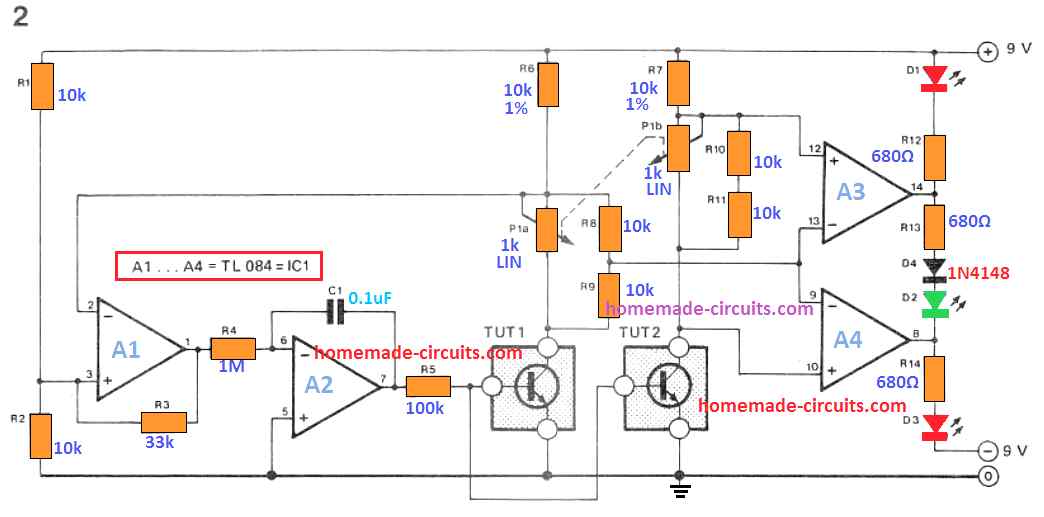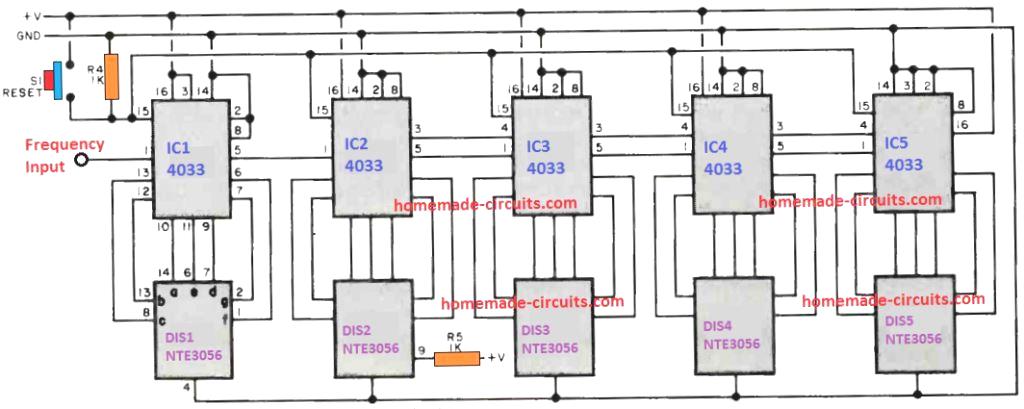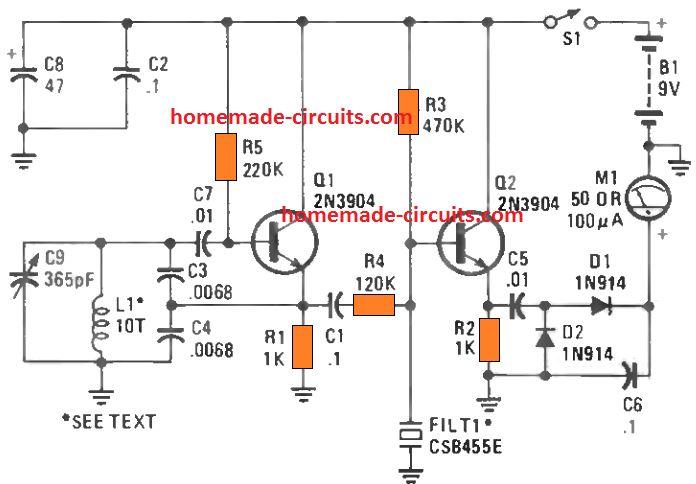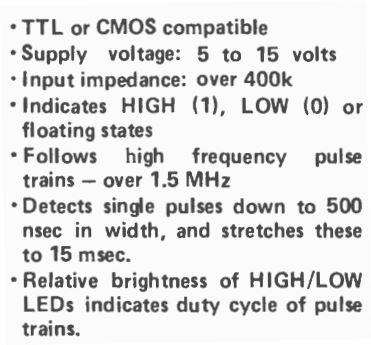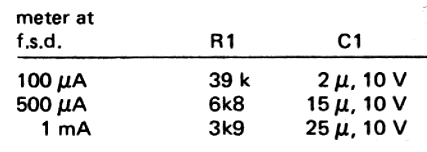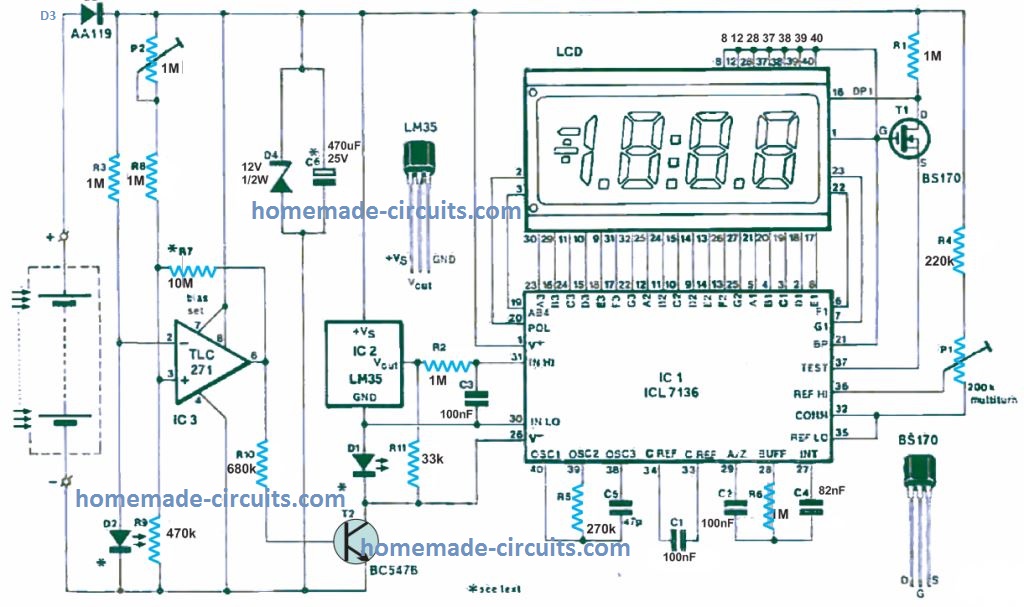In many critical circuit applications, like power amplifiers, inverters, etc it becomes necessary to use matched transistor pairs having identical hFE gain. Not doing this possibly creates unpredictable output results, such as one transistor getting hotter than the other, or asymmetrical output conditions. By: David Corbill To eliminate this, matching transistor pairs with their Vbe […]
Meters and Testers
5 Digit Frequency Counter Circuit
This digital frequency counter will provide a direct reading of the frequency applied at its input, through a 5 digit common cathode display module. The compact frequency counter can be used for accurately counting the frequency or pulse from any intended source. Main Applications It can be also used for measuring the RPM of a […]
Stud Finder Circuit – Find Hidden Metals Inside Walls
A stud finder is an electronic device specially created for scanning concrete walls and locating metallic objects, such as nails, bolts, pipes, hidden beneath the wall. In the following post I have explained a very simple two-transistor metal detector that you can assemble in an afternoon or two and have fun with using for hours […]
4 Useful Logic Probe Circuits Explored
These simple yet versatile 4 LED logic probe circuits can be used to test digital circuit boards such as CMOS, TTL or similar for troubleshooting the logic functions of the ICs and the associated stage. What is a Logic Probe A logic probe circuit is a handheld electronic tool which can be used to test […]
Simple Frequency Meter Circuits – Analogue Designs
The following simple analogue frequency meter circuits can be used for measuring frequencies which may be either sine wave or square wave. The input frequency which is to be measured must be at least 25 mV RMS, for optimal detection and measurement. The design facilitates a relatively wide range of frequency measurement, right from 10 […]
Digital Thermometer Circuit – Uses a Solar Cell for Power
The articles explains a digital thermometer circuit project that works without a battery. Instead of a battery the circuit utilizes a small solar cell and operates by deriving power from the ambient light available from the surrounding light sources. This allows the circuit to be extremely compact, light weight, versatile and hassle free while measuring […]
